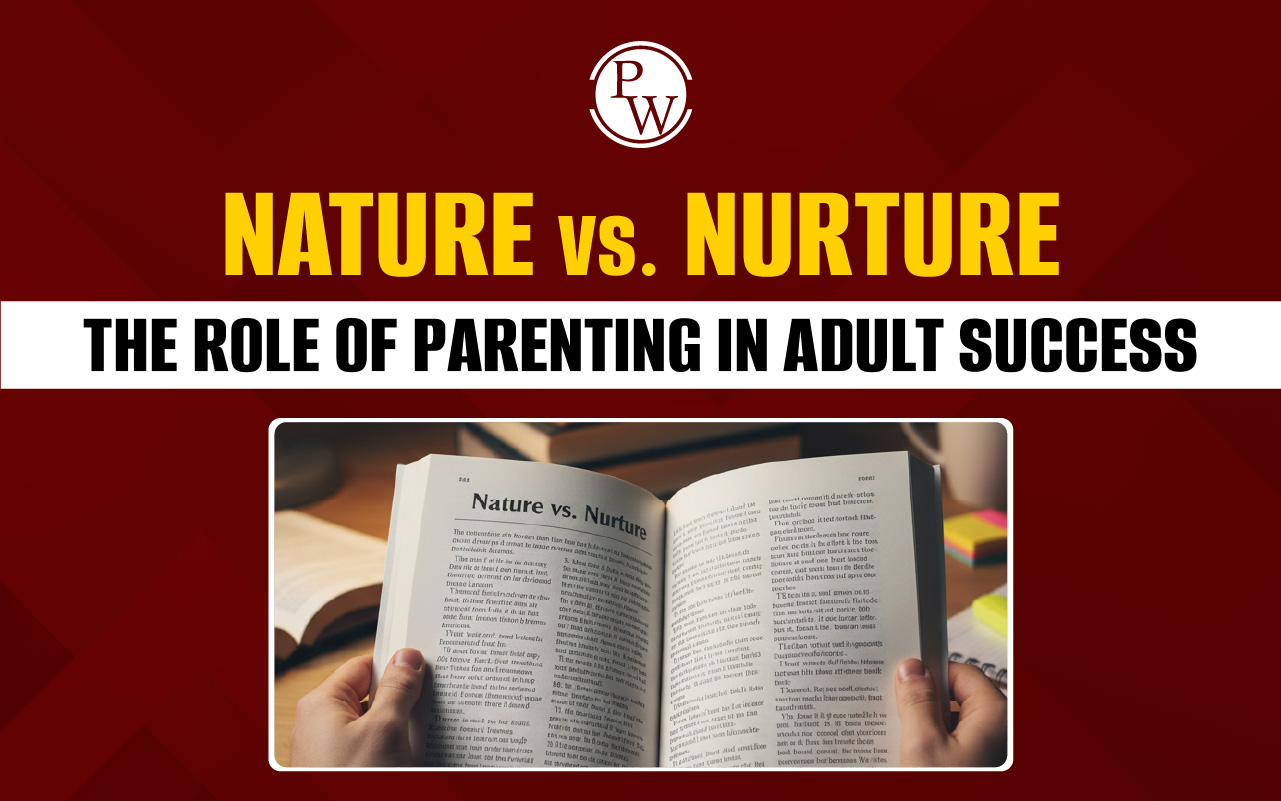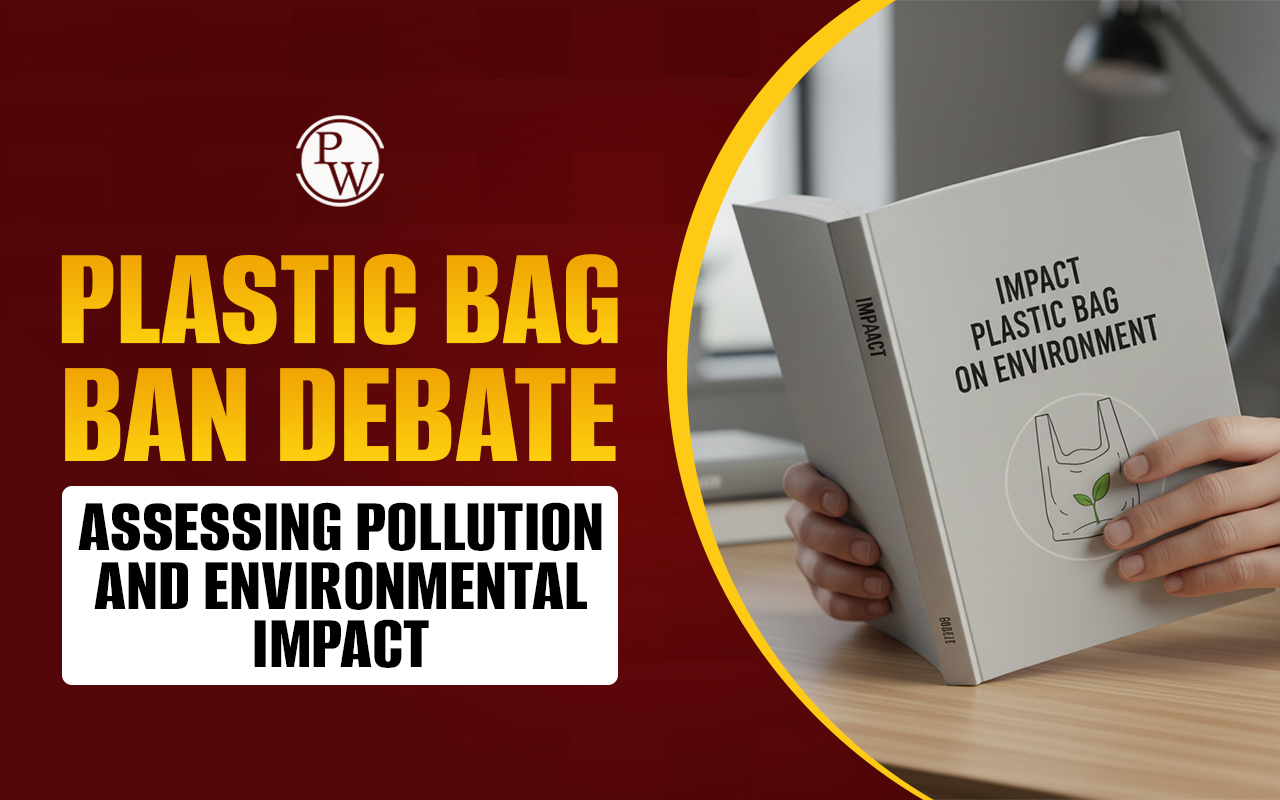
Indoor Pollution Reading Answers: The Indoor Pollution IELTS Reading passage explores how common household activities and materials contribute significantly to environmental contamination inside homes and buildings. While many IELTS candidates focus on understanding outdoor pollution issues, this passage shifts the perspective to hidden indoor threats. In the IELTS exam Reading test, this passage can help assess your ability to interpret detailed information, understand cause-effect relationships, and evaluate scientific findings.
Free IELTS Reading Practice Tests
Indoor Pollution Reading Answers Passage
Indoor Pollution Reading Passage
Paragraph A: We have been painfully aware of the devastation caused by widespread environmental degradation since the early 1980s. Such pollution is typically the result of poor government planning in a number of developing countries or the short-sighted, self-centred policies of developed countries that allow a minority of the world's population to waste the majority of the world's natural resources.
Paragraph B: While disasters such as deforestation in the Amazon rainforest and the Chernobyl nuclear disaster, as well as acts of environmental sabotage, continue to receive extensive media coverage, it is important to note that not all pollution is of this magnitude. A significant portion of global pollution originates much closer to home. The recent crude oil spill from an oil tanker that accidentally discharged its cargo directly into Sydney Harbour not only caused severe damage to the harbour foreshores, but also produced toxic fumes that lingered over the suburbs for days, leaving angry residents wondering how such a disaster could have occurred.
Paragraph C: Pollution control can be a full-time job. Avoid breathing in traffic fumes, avoid chemical plants and construction sites, and ride with a mask. There is plenty to make one want to stay at home. However, new scientific evidence suggests that this would also be a bad decision. Even in the most polluted cities, indoor pollution levels of toxic gases, particulate matter, and other chemical "nasties" are typically higher than outdoor levels. Given that the average American spends 18 hours indoors for every hour spent outdoors, many environmentalists appear to be fighting the wrong battle.
Paragraph D: The most recent study, published in Environmental Science and Technology by two environmental engineers from the University of Texas at Austin, Richard Corsi and Cynthia Howard-Reed, reveals that the process of keeping clean may exacerbate indoor pollution. Baths, showers, dishwashers, and washing machines can all contribute significantly to indoor pollution by removing trace amounts of chemicals from the water they consume and releasing them into the air.
Paragraph E: Almost all public water supplies contain extremely low levels of harmful compounds, the vast majority of which are byproducts of the otherwise beneficial chlorination process. Dr. Corsi inquired whether they remain in the water after use or if they enter the air that people breathe. The scientists carried out a series of experiments in which known concentrations of five of these chemicals were mixed with water and passed through a dishwasher, a washing machine, a shower head within a shower stall, or a bath tap, all within a specially constructed chamber. The chemical concentrations in the chamber's effluent water and air were then measured to determine the amount of each chemical transported from the water to the air.
Paragraph F: The degree to which the most volatile materials can be removed from water, a process known as chemical stripping, is determined by a number of factors, including the chemical's volatility, the temperature of the water, and the transferable surface area. Dishwashers were found to be particularly effective: when the door is opened at the end of the cycle, the high-temperature spray splashing against the crockery and cutlery creates a toxic cloud.
Paragraph G: In many cases, the level of exposure from inhaling hazardous substances in tap water is comparable to the level of exposure from drinking the water. This is significant because many people are so concerned about water-borne contaminants that they only drink bottled water, the global sales of which are expected to exceed $72 billion by next year. D. Corsi's findings indicate that they are exposed to such contaminants simply by breathing at home.
Paragraph H: The goal of such studies, however, is not to encourage the use of gas masks when unloading laundry. Instead, it is intended to add context to the pollution debate. According to Dr. Corsi, a disproportionate amount of effort is expended on campaigns against specific types of outdoor pollution, when there is just as much or more cause for concern indoors, right under the public's nose.
Paragraph I: Using gas stoves or candles, for example, produces indoor levels of carbon monoxide and particulate matter comparable to those seen outdoors in high-traffic areas. Carbon dioxide levels in overcrowded classrooms with ventilation systems designed for fewer students frequently exceed what would be acceptable on board a submarine. The "new car scent" is the result of excessive amounts of hazardous compounds, not of cleanliness. Indoor air pollution is exacerbated by laser printers, computers, carpets, and paints.
Paragraph J: The effects of indoor pollution on health are unknown. However, before worrying about the problems caused by large-scale industries, it is important to consider domestic pollution and to invite international debate on this topic. Indoor pollution researchers will gather in Edinburgh next month for the Indoor Air conference to discuss the issue. The meeting is being held indoors, which may be a mistake.
Also Read:
Indoor Pollution Reading Answers Sample Questions
Questions 1–3
Do the following statements agree with the information given in the text?
Write:
-
TRUE if the statement agrees with the information
-
FALSE if the statement contradicts the information
-
NOT GIVEN if there is no information on this
-
Developed countries produce the most pollution.
-
Indoor pollution levels can be higher than those outside.
-
More than half the population uses bottled water.
Questions 4–8
Match each Cause (4–8) in List A with its Effect (A–J) in List B.
Write the correct letter A–J in boxes 4–8 on your answer sheet.
List A – Causes
4. Use of dishwashers
5. Opening dishwasher doors
6. Concern over tap water
7. Use of gas stoves and candles
8. New ventilation systems in schools
List B – Effects
A. Hazardous substances released into the air
B. Toxic gases comparable to heavy traffic areas
C. Carbon dioxide levels higher than expected
D. Increased use of bottled water
E. Scientists measured chemical concentrations
F. Submarine-like conditions in classrooms
G. Laser printers add to indoor pollution
H. Cleaning process increases pollution
I. Carbon monoxide and particulates are released
J. Air becomes filled with chemical mist
Questions 9–13
Choose the correct letter A–D.
Write the correct letter in boxes 9–13 on your answer sheet.
-
According to the passage, what did scientists aim to measure?
A. The effectiveness of different household appliances
B. Chemical concentration in household tap water
C. The transfer of chemicals from water to air
D. The overall pollution in outdoor environments -
What was found to be particularly effective at chemical stripping?
A. Showers
B. Baths
C. Dishwashers
D. Washing machines -
What does the author suggest about pollution campaigns?
A. More funding is needed
B. They are too focused on indoor air
C. They focus too much on outdoor pollution
D. They are successful in raising awareness -
Why are laser printers mentioned?
A. They improve indoor air quality
B. They remove airborne particles
C. They contribute to indoor air pollution
D. They were studied by Dr. Corsi -
What point does the writer make about indoor pollution?
A. It has been widely studied
B. Its health effects are clear
C. It is mainly caused by pets
D. It deserves more attention
Indoor Pollution Reading Answers with Explanations
Answers to Questions 1-13
|
Q |
Answer |
Location |
Reference & Explanation |
|---|---|---|---|
|
1 |
FALSE |
Paragraph A |
Says pollution is mainly due to poor planning in developing countries, not developed. |
|
2 |
TRUE |
Paragraph C |
Clearly states indoor pollution is often worse than outdoor pollution. |
|
3 |
NOT GIVEN |
Paragraph G |
Mentions bottled water sales, but doesn’t say over half the population prefers it. |
|
4 |
H |
Paragraph D |
Washing machines and showers worsen indoor pollution. |
|
5 |
J |
Paragraph F |
Toxic cloud is created when dishwasher door is opened. |
|
6 |
D |
Paragraph G |
High bottled water sales driven by fear of contaminants. |
|
7 |
I |
Paragraph I |
Gas stoves and candles emit pollution like high-traffic outdoor zones. |
|
8 |
F |
Paragraph I |
Poorly ventilated classrooms show extreme CO₂ levels. |
|
9 |
C |
Paragraph E |
Experiments measured chemical transfer from water to air. |
|
10 |
C |
Paragraph F |
Dishwashers most efficient at releasing toxins into the air. |
|
11 |
C |
Paragraph H |
Argues attention on outdoor pollution is disproportionate. |
|
12 |
C |
Paragraph I |
Lists printers and other tech items as indoor pollution sources. |
|
13 |
D |
Paragraph J |
Encourages broader debate on indoor pollution's serious health risks. |
| IELTS Reading Band Score | IELTS Listening Band Score |
| IELTS Speaking Band Score | IELTS Writing Band Score |
Guidance of PW IELTS
Physics Wallah offers a few popular online IELTS courses for all students. Follow the latest IELTS articles to better prepare for the exam.
| IELTS Registration | IELTS Eligibility Criteria |
| IELTS Exam Pattern | IELTS Syllabus |
| IELTS Exam Dates | IDP IELTS Test Centers |









